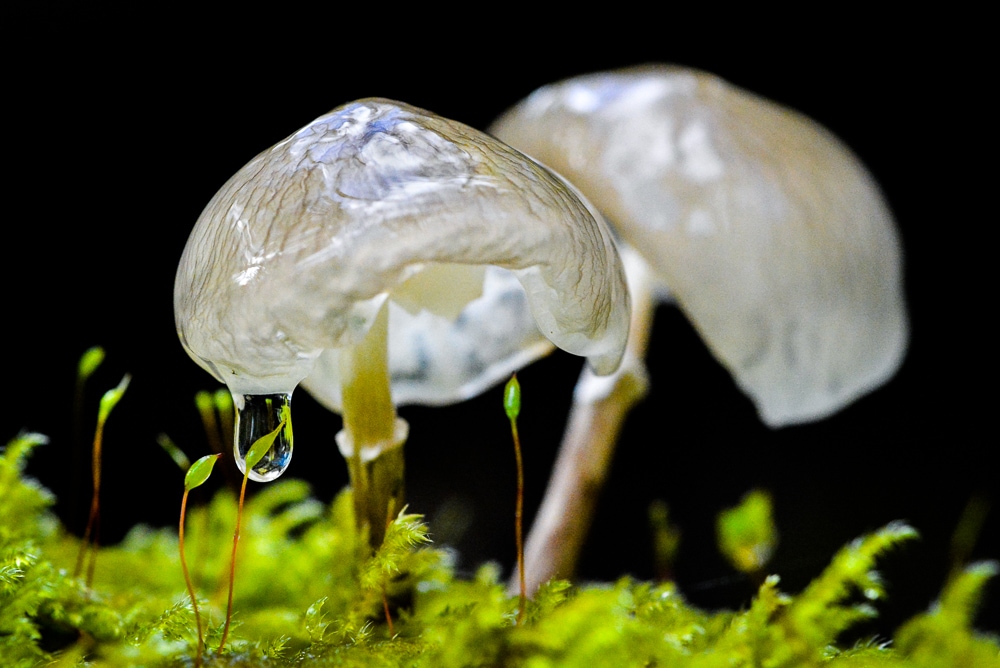Marie Jones
Medical Photography Manager
Hampshire Hospitals NHS Foundation Trust
United Kingdom
Bio
Marie began her career in Medical Photography over 32 years ago and is currently the Medical Photography and Illustration Manager based at Basingstoke and North Hampshire Hospital, U.K. Whilst working at Great Ormond Street Hospital, London, she developed a standardised set of photographic images and techniques that would later become one of the first Institute of Medical Illustrators (IMI) National Guidelines. Clinicians and photographers use this guideline nationally and internationally as part of the audit review process of patients with cleft lip and/ or palate. In 2005, this research, dissertation and published guideline resulted in Marie being awarded the Fellowship of IMI.
Marie specialises in using lighting techniques to demonstrate texture and scarring. These images are used to support a patient’s claim for compensation from accident or injury or to gain NHS funding for treatment or surgery. The presentation ‘8 minutes and counting’ describes some of these techniques.
Marie has mentored students and healthcare professionals teaching clinical and non-clinical photography in schools and university. As a university lecturer, she was instrumental in the design, delivery, and assessment of clinical photography modules in the University of Westminster’s BSc Degree in Clinical Photography. She facilitates work experience and actively promotes the profession at every opportunity.
Marie always has a camera with her and, as well as medical photography, she has a passionate interest in landscape, wildlife and nature photography, especially macro photography of the many and varied fungi.
8 Minutes and Counting – The Story Behind the Image
Abstract
Medical photography can be both challenging and rewarding, particularly when faced with less-than-ideal situations, and under pressure of time, environment, and clinicians’ expectations. Clinical photographs are a scientific record, therefore, should be accurately focused, exposed and framed; they should fulfil the brief and illustrate the subject effectively.
This presentation will discuss and compare the applications of photographic and lighting techniques that have been invaluable in the documentation and diagnosis of multicystic peritoneal mesothelioma (MCPM) and in informing fellow clinicians of the visual appearance of this rare disease.
Clinicians value the additional information that may be gained from analysing the images that have been captured using expert lighting to demonstrate aspects of the clinical condition that would not otherwise be obvious without using these techniques. This sets professional clinical photographers apart from the amateur photographer.

Multicystic Peritoneal Mesothelioma

Neck Contracture from Necrotising Fasciitis Scarring
Meaningful because the images were instrumental in gaining the funding for life-changing NHS surgery and treatment for this patient.

Porcelain Fungus
This was the first time that I noticed just how beautiful fungi could be. This sparked my interest in further researching and photographing many fascinating variations of fungi.
